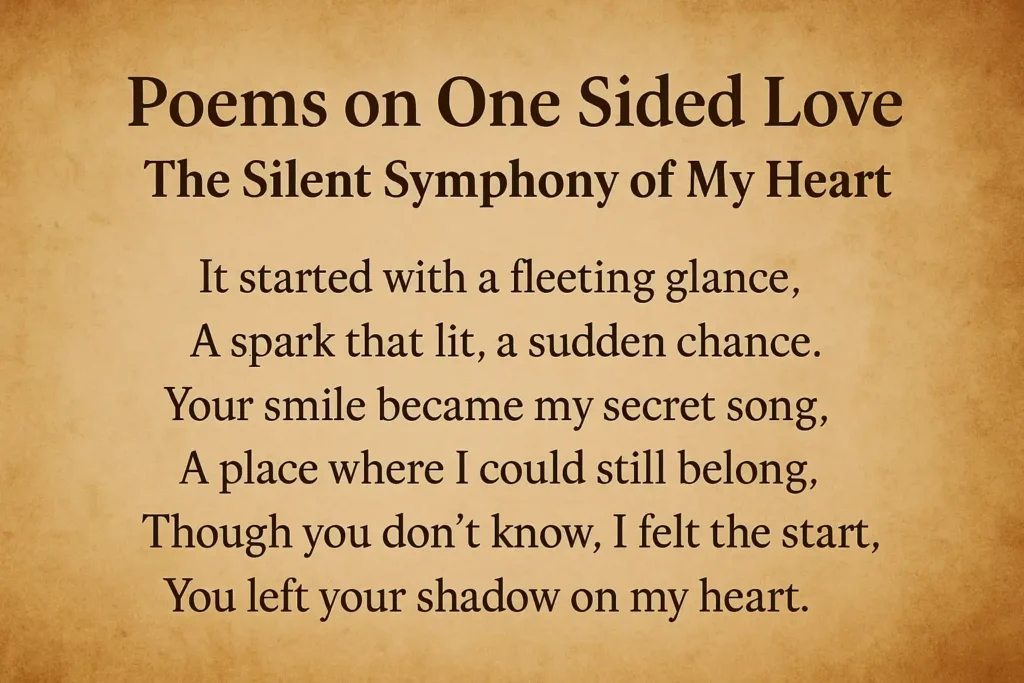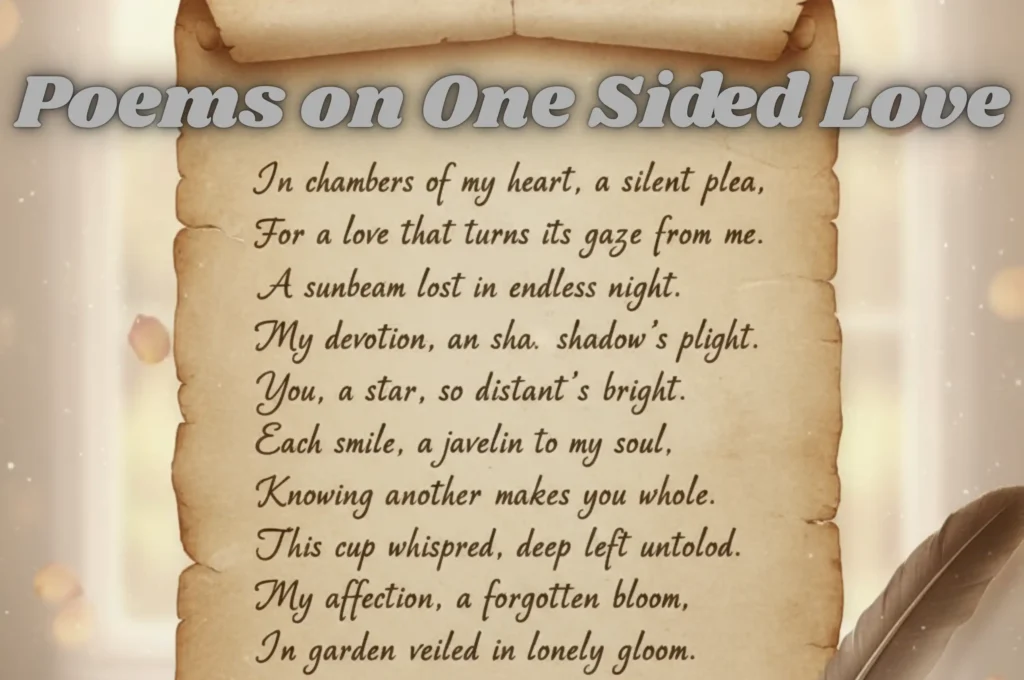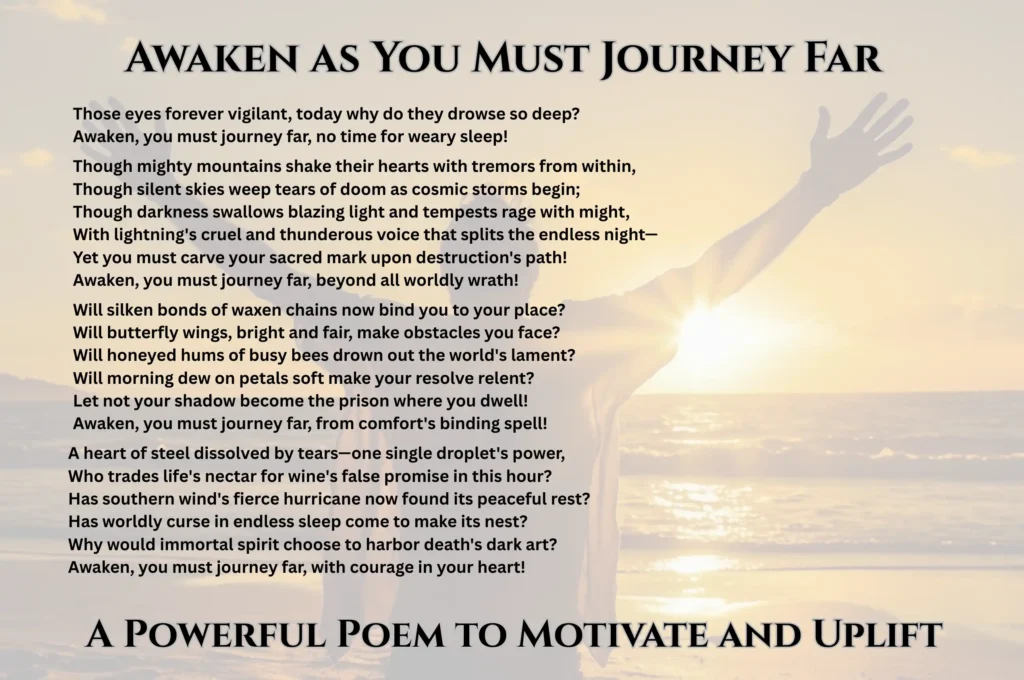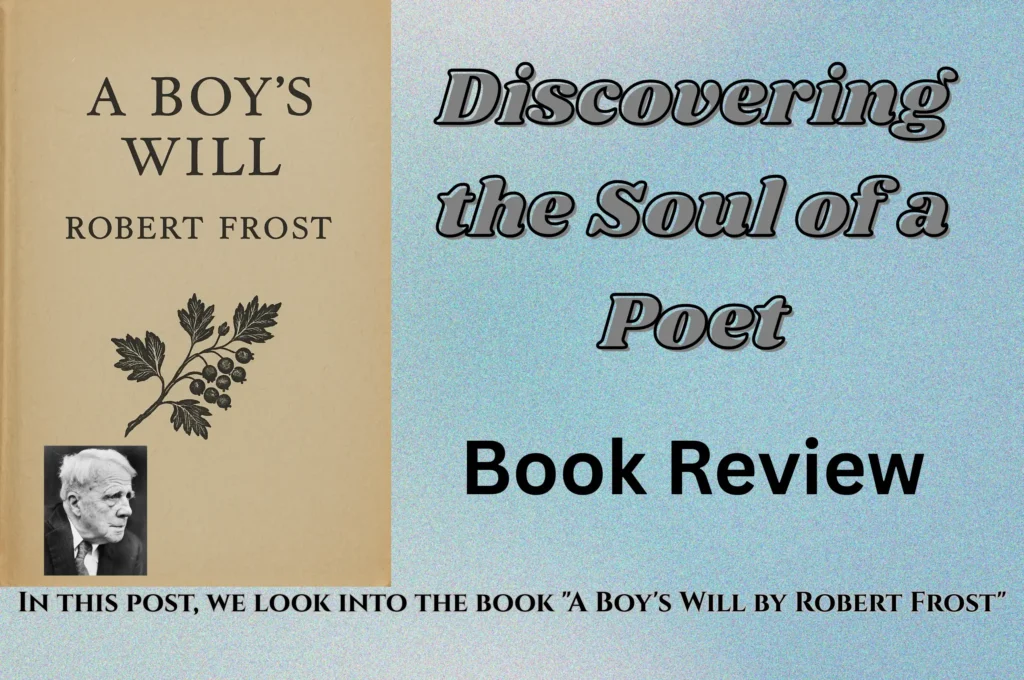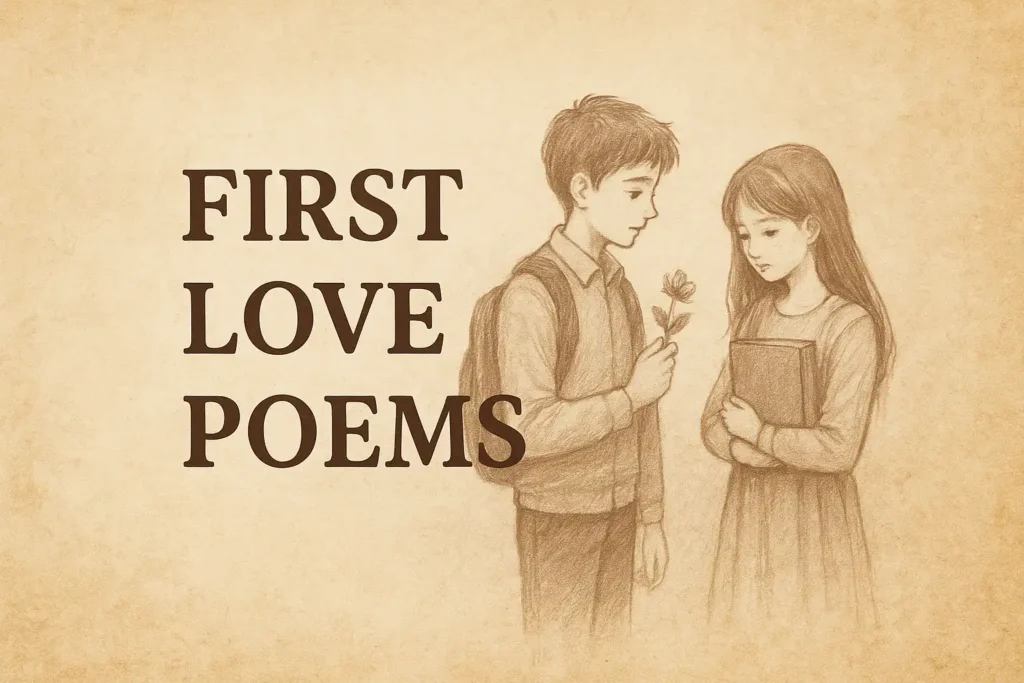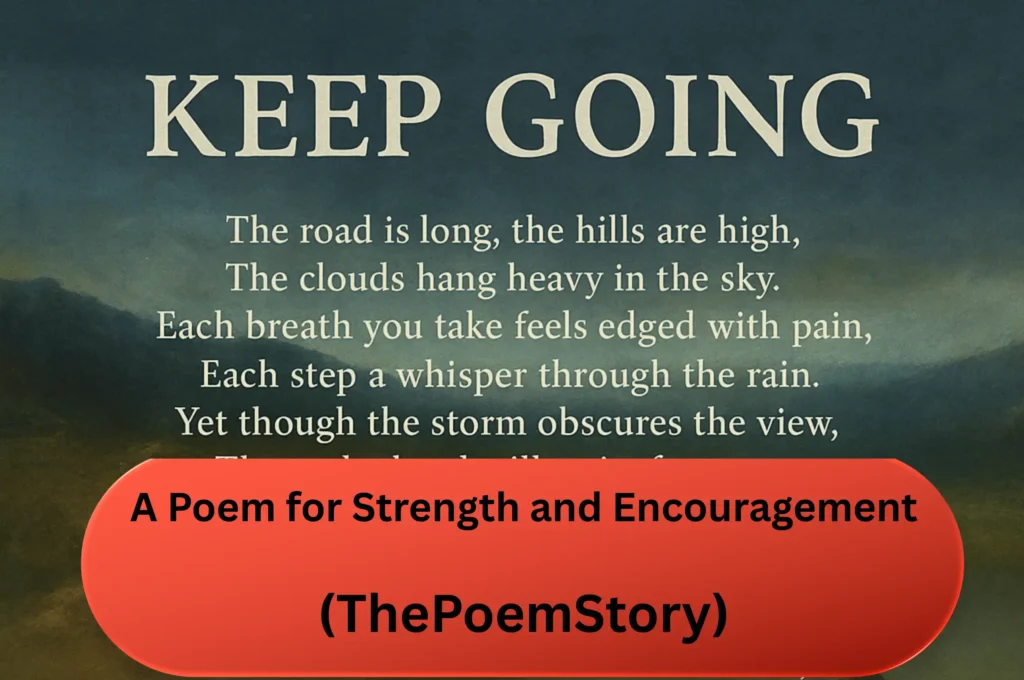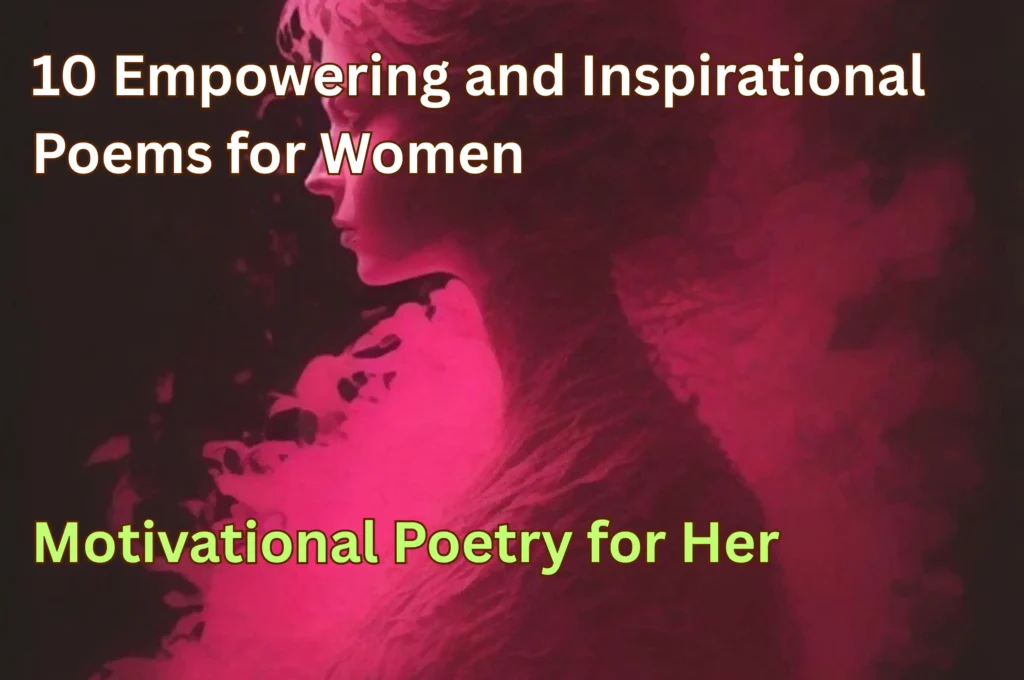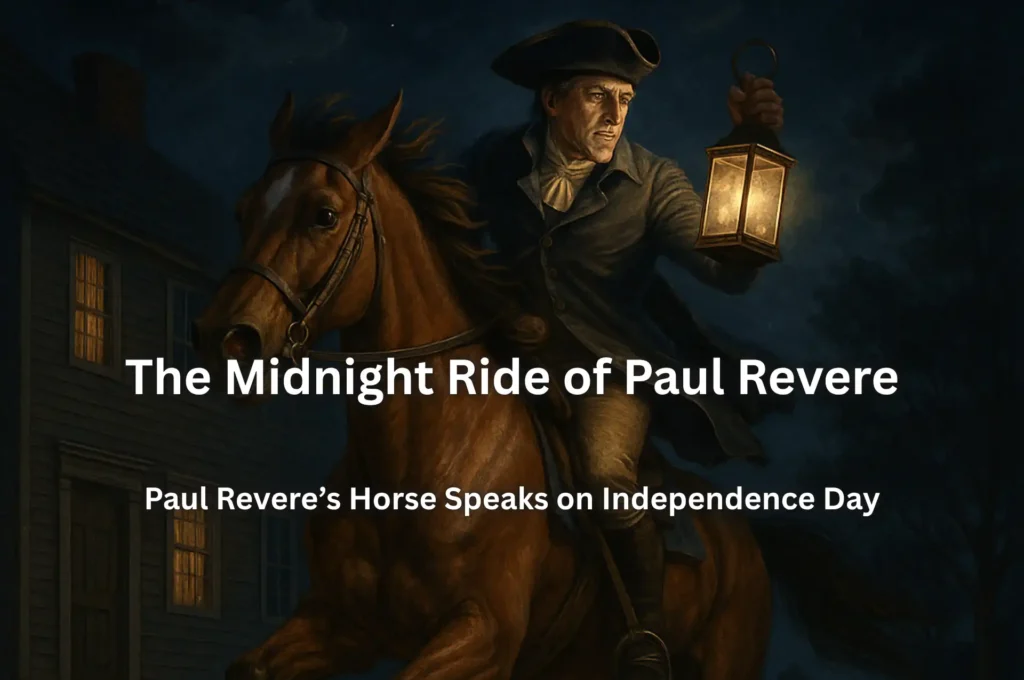Alfred Austin’s Love’s Blindness is a poignant sonnet that encapsulates the transformative power of love. A celebrated poet and England’s Poet Laureate from 1896 to 1913, Austin was known for his lyrical poetry that often-explored themes of nature, patriotism, and deep emotional states. This particular poem delves into the all-consuming nature of love, portraying it as both a source of immense joy and profound despair.
The sonnet structure gives the poem a rhythmic flow, reinforcing its emotional intensity. The central theme revolves around the idea that love blinds individuals to everything else, making the beloved the sole focus of perception. The poet vividly contrasts feelings of emptiness and darkness in the absence of the beloved with the overwhelming beauty and brightness that her presence brings. Through this work, Austin echoes the universal truth that love has the power to reshape reality, magnifying its joys and sorrows.
Poets and Poetry Page | Biography of Alfred Austin | Poems by Alfred Austin | Famous Quotes by Alfred Austin
Love’s Blindness Poem by Alfred Austin

Love’s Blindness Poem
Now do I know that Love is blind, for I
~ Love’s Blindness Poem by Alfred Austin
Can see no beauty on this beauteous earth,
No life, no light, no hopefulness, no mirth,
Pleasure nor purpose, when thou art not nigh.
Thy absence exiles sunshine from the sky,
Seres Spring’s maturity, checks Summer’s birth,
Leaves linnet’s pipe as sad as plover’s cry,
And makes me in abundance find but dearth.
But when thy feet flutter the dark, and thou
With orient eyes dawnest on my distress,
Suddenly sings a bird on every bough,
The heavens expand, the earth grows less and less,
The ground is buoyant as the ether now,
And all looks lovely in thy loveliness.
Summary of the Poem Love’s Blindness
In Love’s Blindness, the poet expresses the depth of his devotion by illustrating how the presence or absence of his beloved transforms his entire world. The opening lines establish the core idea: “Now do I know that Love is blind, for I / Can see no beauty on this beauteous earth”. Here, Austin conveys that without his beloved, even the most beautiful aspects of life seem devoid of meaning. The poet cannot appreciate nature’s wonders, the vibrancy of life, or even feelings of joy and purpose unless she is near.
The second quatrain deepens this sense of desolation. The absence of the beloved is compared to an exile of sunlight from the sky, the withering of spring, and a stifling of summer’s growth. Birds that once sang sweetly now sound melancholic, and the abundance of nature feels like a wasteland in her absence. The imagery reinforces the idea that love has the power to distort perception, making the world appear dull and lifeless when love is unfulfilled.
However, the mood shifts dramatically in the final sestet. The moment his beloved returns, her presence is likened to the dawn breaking through darkness. Her eyes are compared to the rising sun, illuminating his distress and reviving the world around him. Suddenly, birds sing joyously, the sky expands, the earth seems smaller and lighter, and everything radiates beauty once again. The poem concludes with a powerful statement: “And all looks lovely in thy loveliness”, suggesting that love not only alters perception but also infuses the external world with the beloved’s beauty.
Ultimately, Love’s Blindness captures the deep emotional extremes that love evokes, portraying it as an overwhelming force that dictates one’s experience of reality. The poet masterfully uses nature imagery, contrast, and the sonnet form to highlight love’s profound influence on the human heart.
Literary Analysis of Love’s Blindness
Alfred Austin’s Love’s Blindness is a deeply emotional sonnet that explores the overwhelming and transformative nature of love. Through the use of vivid imagery, contrast, and poetic structure, Austin conveys the idea that love has the power to alter perception, making the world seem either bleak or beautiful depending on the presence of the beloved.
1. Sonnet Form and Structure
The poem follows the traditional structure of a Petrarchan (Italian) sonnet, consisting of 14 lines divided into an octave (eight lines) and a sestet (six lines). This structure allows Austin to present a contrast between two emotional states—despair in the absence of love and joy in its presence.
- The Octave (First 8 Lines) introduces the poet’s sorrow, emphasizing how love makes him blind to beauty when his beloved is not with him.
- The Sestet (Last 6 Lines) brings a sudden shift in tone, illustrating how love restores light, music, and joy to the poet’s world.
This structural division mirrors the emotional transformation from despair to elation, making the poem more impactful.
2. Theme of Love’s Power and Blindness
The central theme of the poem is how love has the power to dominate one’s perception. The phrase “Love is blind” is a well-known saying, often suggesting that love overlooks flaws. However, Austin gives it a different meaning—his love is so consuming that when his beloved is absent, he is “blind” to everything beautiful in the world.
The final line, “And all looks lovely in thy loveliness,” reinforces this idea. It suggests that the world is not inherently beautiful, but rather, it is the beloved’s presence that makes it so. This aligns with the Romantic ideal that emotions and personal experiences shape reality.
3. Use of Nature Imagery and Contrast
Austin uses natural imagery to depict the emotional extremes of love:
- Absence as Decay and Darkness:
- “Thy absence exiles sunshine from the sky” → Symbolizes emotional gloom.
- “Seres Spring’s maturity, checks Summer’s birth” → Suggests that even the seasons lose their meaning without love.
- “Leaves linnet’s pipe as sad as plover’s cry” → The joy of birdsong turns into sorrow, reflecting the poet’s inner turmoil.
- Presence as Light and Renewal:
- “With orient eyes dawnest on my distress” → Compares the beloved’s eyes to the rising sun, bringing light to darkness.
- “Suddenly sings a bird on every bough” → Suggests that love revives nature’s joy.
- “The ground is buoyant as the ether now” → The poet feels weightless, reinforcing the idea that love elevates the soul.
These contrasts highlight the depth of the poet’s emotions, making the poem more immersive for the reader.
4. Emotional Intensity and Personal Devotion
Austin’s speaker does not simply admire his beloved; he is utterly dependent on her presence for happiness. The poem portrays love as an all-consuming force, capable of both profound suffering and overwhelming joy. This intensity reflects the Victorian-era fascination with deep, passionate emotions in poetry.
List of Poets in Alphabetical Order
कवियों की सूची
Explore our Literature YouTube Channels:

YouTube Channel Link:

YouTube Channel Link:

YouTube Channel Link:

YouTube Channel Link

